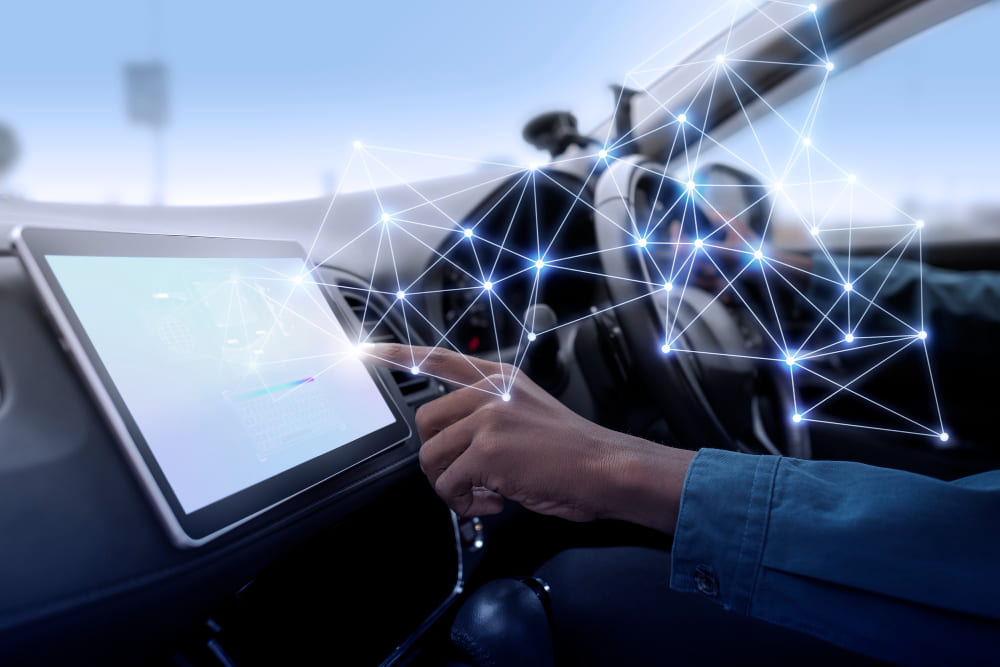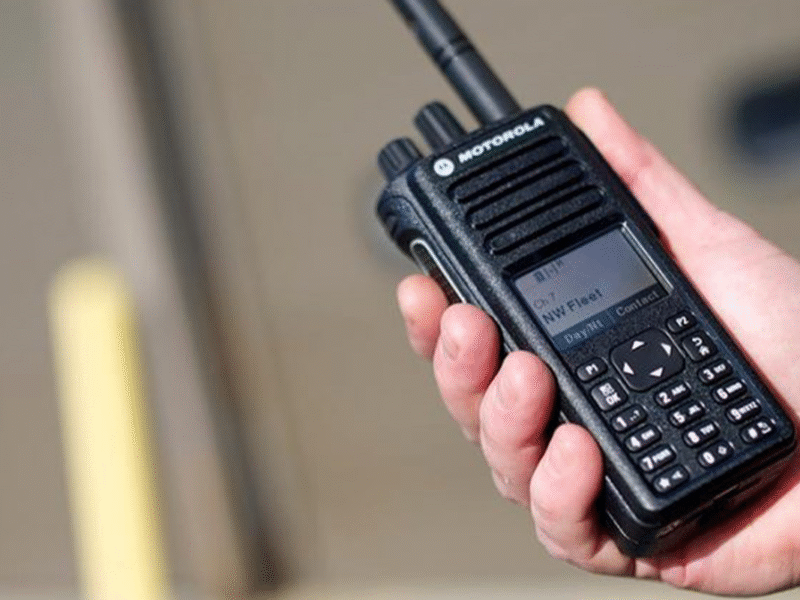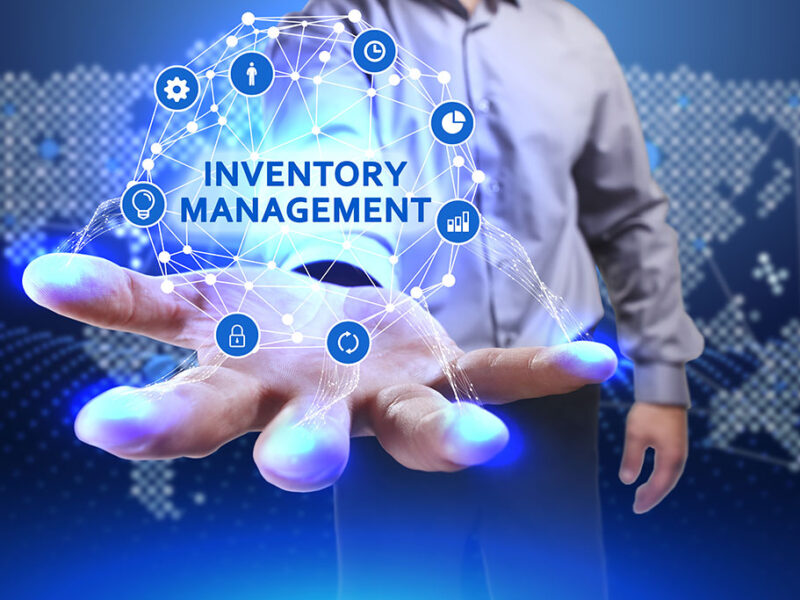As vehicles grow smarter and transportation moves closer to full automation, ADAS annotation plays a crucial role in shaping safe autonomous driving. Advanced Driver Assistance Systems (ADAS) depend heavily on accurate, consistent, and context-rich annotated data to carry out critical tasks like lane keeping, collision avoidance, pedestrian detection, and adaptive cruise control. This transformation happens not just through sensors and algorithms, but through the often-unseen work of experts who label data — the silent force that helps automotive AI understand the complexities of real-world driving environments.
Understanding ADAS Annotation
ADAS annotation refers to the process of labeling data — images, video frames, or LiDAR point clouds — with meaningful tags that help machine learning models understand various elements in a driving scenario. These elements can include vehicles, pedestrians, traffic lights, road signs, lane markings, and even behavioral cues like a cyclist’s hand signal or a pedestrian’s glance toward the road.
At its core, annotation is about translating the chaotic, dynamic visual data from sensors into structured information that a machine can learn from. In other words, it provides the clarity machines need to interpret their surroundings. Specifically, in the world of ADAS, this means telling the vehicle what is safe, what is a potential threat, and how to respond to myriad situations in real time. Without a doubt, meticulously annotated datasets are essential — otherwise, even the most sophisticated neural networks remain blind.
The Role of an AI Data Company in ADAS Development
Behind every accurately labeled data point lies the work of a specialized AI data company. These companies bridge the gap between raw sensor input and usable machine learning data by applying a blend of domain expertise, human-in-the-loop methodologies, and proprietary annotation platforms.
In the context of ADAS, the challenge goes beyond simple object detection. It demands spatial awareness, behavioral prediction, scene context, and environmental diversity. For instance, a traffic light looks very different on a foggy morning in a rural area than it does on a bustling city night — and annotators must label both scenarios with equal precision and contextual insight.
AI data companies that specialize in ADAS annotation train their annotators rigorously and apply robust quality assurance processes to maintain consistency across large volumes of data. They also tailor annotations to the specific sensors in use, such as cameras, LiDAR, radar, or combinations of these, with each requiring a unique approach to labeling and validation.
Accuracy, Scale, and Context — The Three Pillars
For autonomous driving systems to function safely and reliably, three essential pillars of ADAS annotation must be satisfied: accuracy, scale, and context.
To begin with, accuracy is fundamental. Even a single mislabeled pedestrian or an incorrectly annotated lane boundary can cascade into errors in model prediction, ultimately leading to unsafe driving decisions. Therefore, high-accuracy annotations are essential, as they ensure that the models learn correct patterns and behaviors consistently, even under varied driving conditions.
Scale is a practical necessity. Autonomous driving models need to be exposed to millions of miles of driving scenarios to generalize effectively. This means that ADAS annotation must not only be accurate but also scalable — capable of processing vast datasets without sacrificing quality.
Moreover, context adds intelligence. Understanding a driving scenario, after all, isn’t just about recognizing a stop sign; rather, it’s about recognizing it in the context of traffic flow, lighting, weather, and driver behavior. As a result, context-rich annotations allow AI models to make more nuanced and safer decisions.
The Training Ground for Automotive AI
For an AI system to drive a car, it first has to be trained like a human learner — through observation, repetition, and exposure to real-world complexity. Annotated data forms this training ground. A deep learning model processes the annotated images and videos to learn patterns that indicate when to slow down, turn, stop, or accelerate.
A well-trained ADAS system can detect a child darting into the road, recognize an illegally parked car partially blocking a lane, or adjust to lane markings obscured by snow. But these abilities do not emerge spontaneously — they are the result of thousands of hours of human-led annotation, supported by the technological framework of an AI data company focused on high-stakes automotive intelligence.
Looking Ahead
As the automotive industry pushes toward higher levels of automation — from Level 2 systems like adaptive cruise control to full self-driving capabilities — the need for advanced ADAS annotation will only grow. Future systems will need to understand gestures, read signs in multiple languages, navigate through complex human behaviors, and predict actions with greater sophistication.
This evolution requires a data foundation built on trust, and that trust is earned through meticulous annotation. AI data companies that can deliver on this promise will not only enable safer vehicles but also redefine the way the world moves.
In the end, ADAS annotation is not just about labeling frames or drawing polygons. It is about building the visual intelligence that vehicles need to coexist with humans on unpredictable roads. It is the quiet, indispensable work that turns futuristic dreams of autonomy into tangible safety on today’s highways — and tomorrow’s smart cities.



